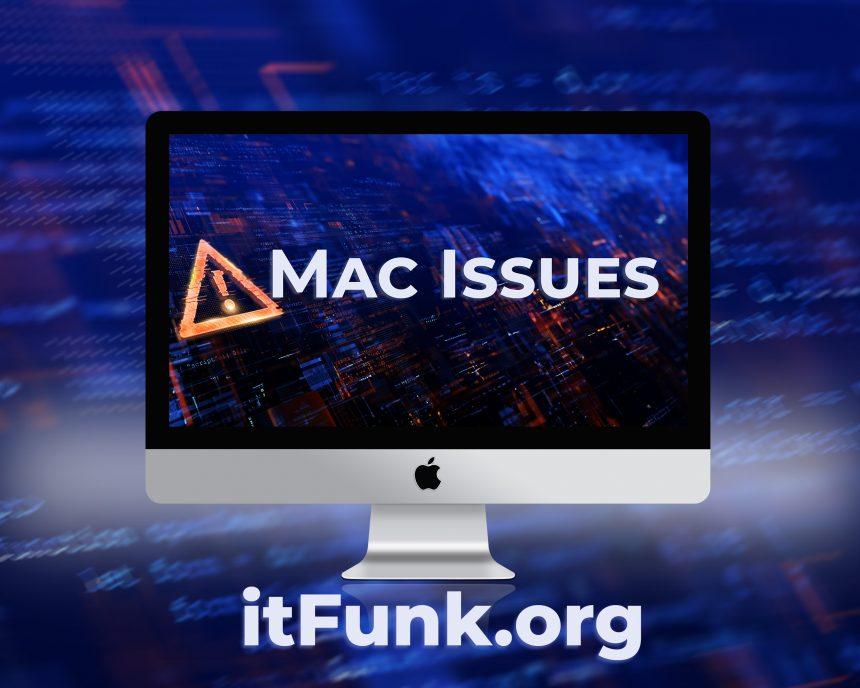macOS updates are essential for keeping your Mac secure and up to date with the latest features and improvements. However, there are times when you encounter an issue where your Mac gets stuck on checking for updates. This article delves into the potential causes of this problem and provides comprehensive solutions to get your Mac updating smoothly once more.
Why is Your Mac Stuck on Checking for Updates?
Before we dive into the solutions, it’s important to understand the possible reasons why your Mac is stuck checking for updates. Some common culprits include:
Slow or Unstable Internet Connection
A sluggish or unstable internet connection can impede the update check process.
Low Storage Space
Inadequate free storage on your Mac can hinder the update check or prevent the installation of updates.
Apple Server Issues
Sometimes, Apple’s update servers may experience high traffic or downtime, affecting the update check process.
Corrupted Temporary Files
Temporary files or system caches may become corrupted, leading to issues with the update check.
Solutions to Fix Mac Stuck on Checking for Updates
Let’s explore a step-by-step guide to address this issue, from the simplest fixes to more in-depth solutions:
1. Ensure it’s Stuck
- First, confirm that your Mac is genuinely stuck and not just slower than usual. Updates can sometimes take time, so be patient and wait for about 30 minutes.
2. Check Available Storage
- Verify that you have enough free storage space on your Mac. Go to System Preferences > General > Storage and ensure you have at least 25GB of free space.
3. Free Up RAM
- Insufficient available RAM can cause various problems on your Mac. Use the Activity Monitor to identify and close resource-intensive applications.
4. Restart Your Mac
- A simple restart can resolve many issues. It clears memory, removes temporary files, and resets system management controllers.
- Navigate to the Apple menu and select “Restart.”
5. Test Internet Connection
- Ensure that your internet connection is stable and running at an adequate speed. macOS updates can be several gigabytes in size and require a reliable connection.
6. Check Apple’s Server Status:
- Visit Apple’s status page to confirm whether their servers, including update services, are operational. A green light indicates that everything is working correctly.
7. Restart in Safe Mode
Safe mode loads only essential extensions needed for your Mac to boot. It’s especially helpful if the issue is caused by a problematic extension.
For Apple silicon acs
- Shut down your Mac.
- Press and hold the power button until you see “Loading startup options.”
- Choose your startup disk and press and hold the Shift key.
- Select “Continue in Safe Mode.”
For Intel-based Macs
- Shut down your Mac.
- Press and hold the Shift key and then press the power button.
- Release the Shift key when you see the login window.
- Log in with your admin credentials.
8. Reinstall macOS
If none of the above solutions work, reinstalling macOS can be a last resort. It’s a more drastic measure, so make sure to back up your data with Time Machine before proceeding.
For Apple silicon Mac
- Shut down your Mac and press and hold the power button until you see “startup options.”
- Choose the gear icon labeled “Options.”
- Click “Continue.”
For Intel-based Macs
- Shut down your Mac.
- Press the power button and hold down Command-R until you see an Apple logo or other image.
- On the macOS Utilities screen, select “Reinstall macOS” and follow the on-screen instructions.
Conclusion
macOS updates are crucial for maintaining the performance and security of your Mac. If you find your Mac stuck on checking for updates, there’s no need to worry. The causes are often minor and easily fixable. By following the steps outlined in this comprehensive guide, you can resolve the issue and keep your Mac up to date with the latest features and security enhancements. Remember, a bit of patience, troubleshooting, and regular maintenance can go a long way in keeping your Mac running smoothly.





